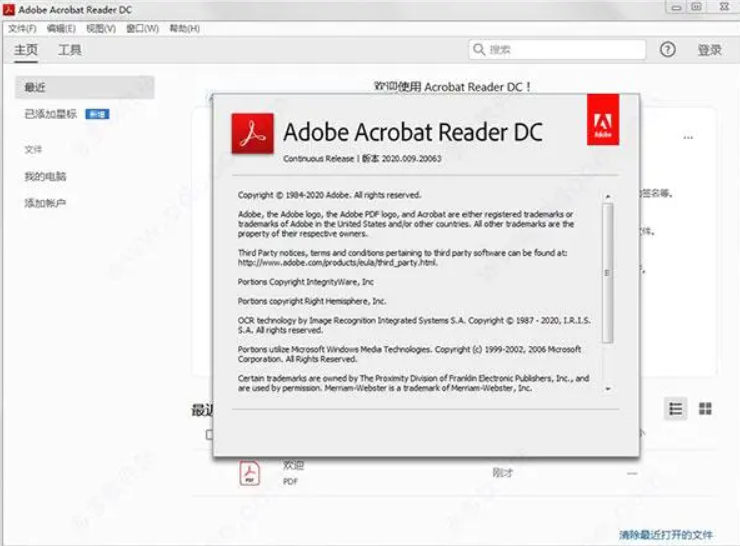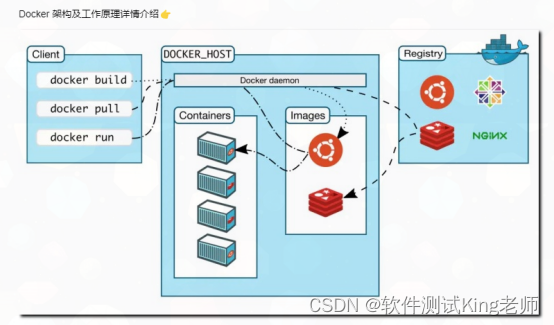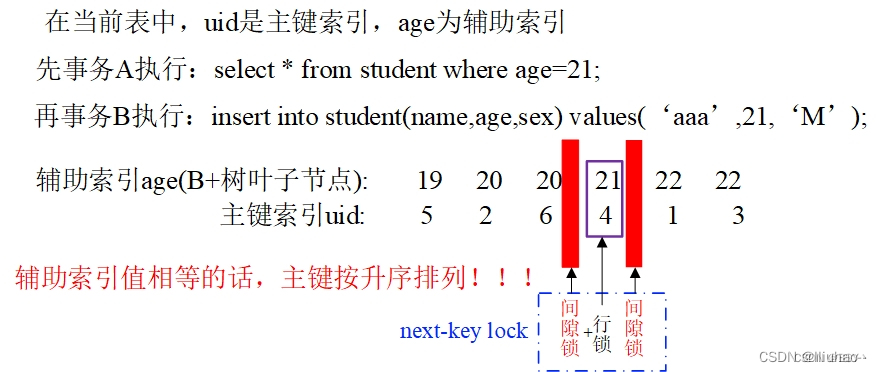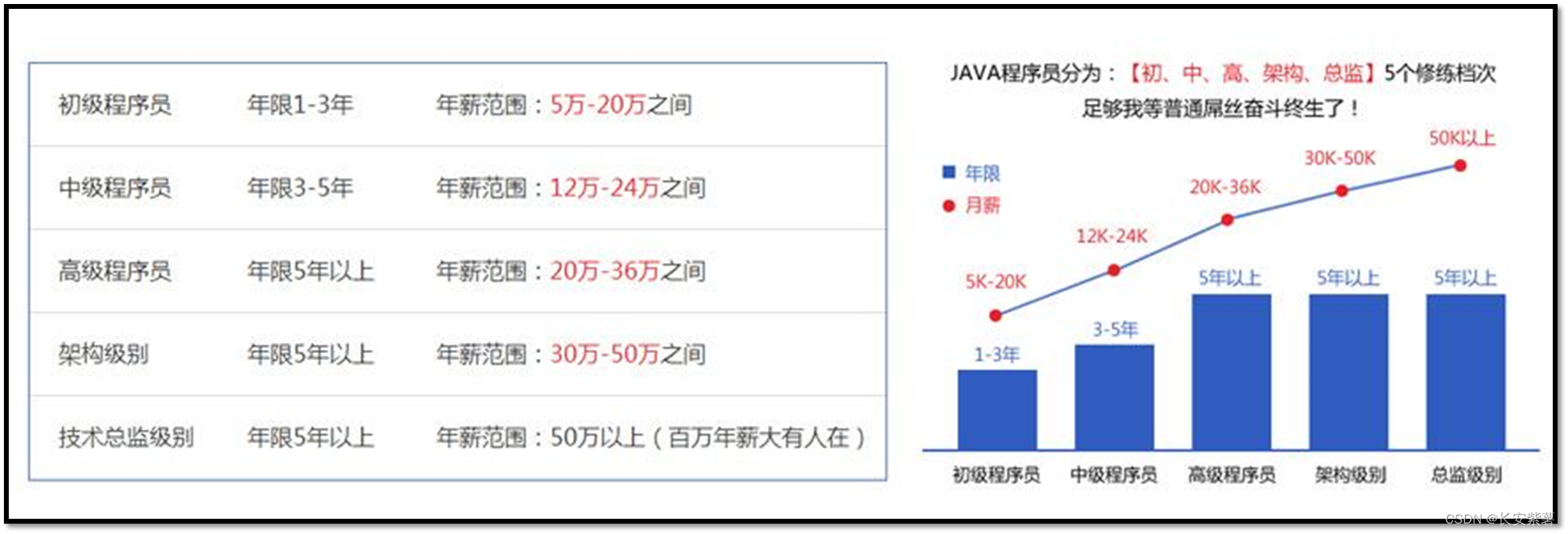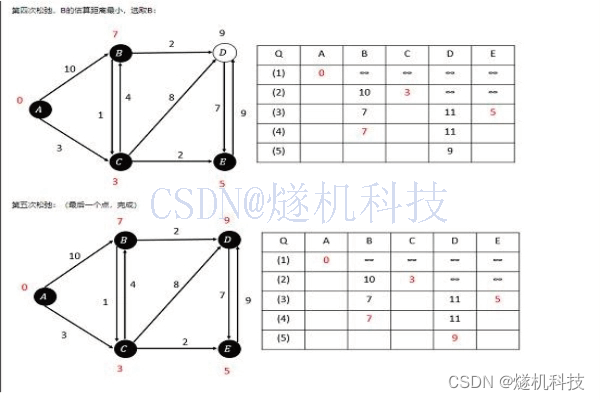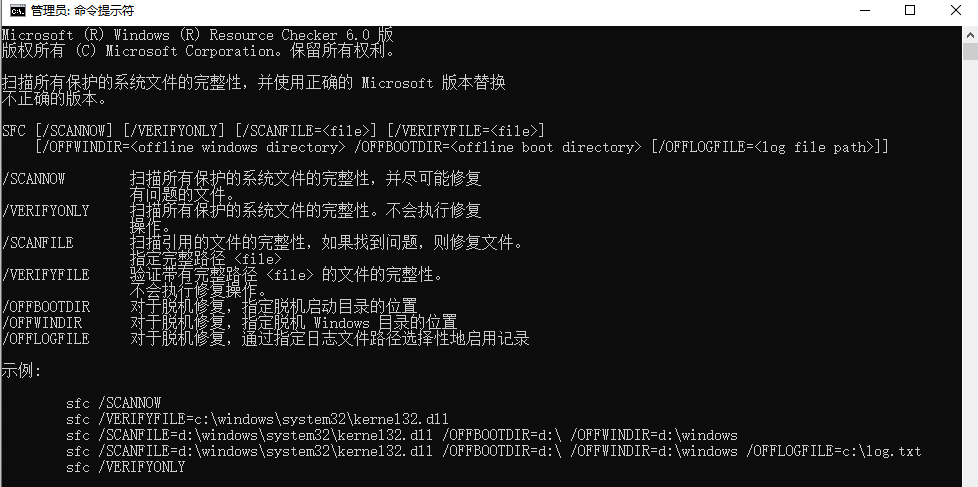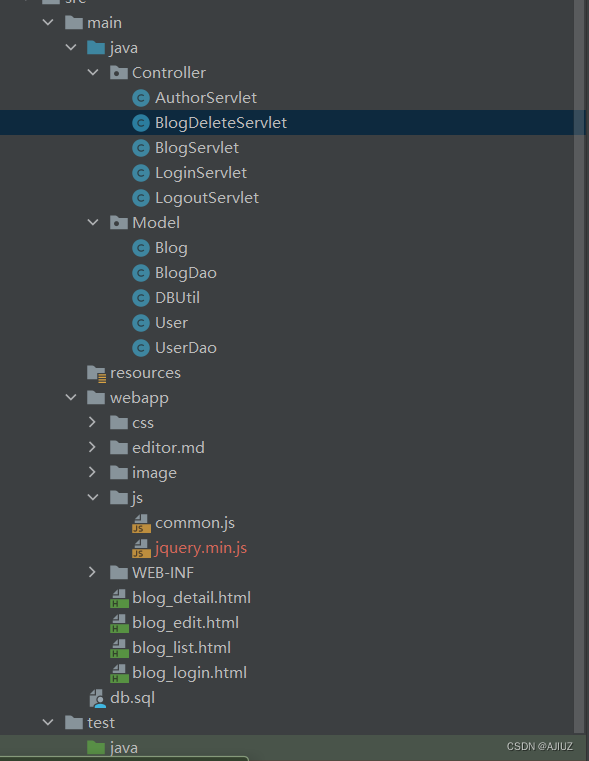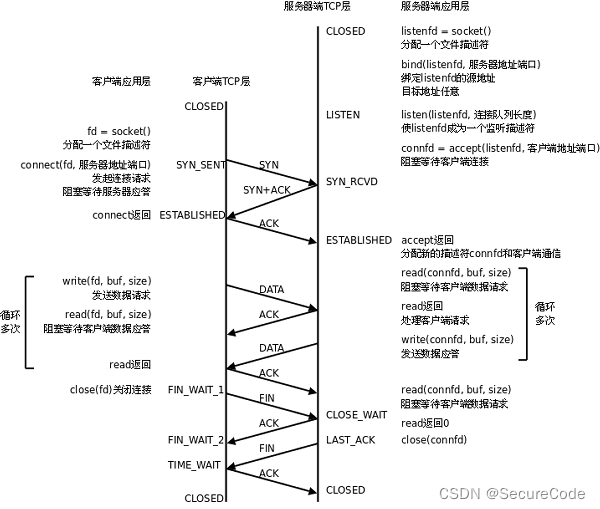文章目录
- brief
- Example
- 使用内置的 references
- 使用其他注释好的数据集作为 reference
- singleR还提供了注释诊断的方法
brief

Example
The celldex package provides access to several reference datasets (mostly derived from bulk RNA-seq or microarray data)。
The Human Primary Cell Atlas (Mabbott et al. 2013), represented as a SummarizedExperiment object containing a matrix of log-expression values with sample-level labels。
使用内置的 references
# 从celldex包中获取 reference
library(celldex)
hpca.se <- HumanPrimaryCellAtlasData()
hpca.se
# 直接用singleR进行map注释
library(SingleR)
pred.hesc <- SingleR(test = hESCs, ref = hpca.se, assay.type.test=1,
labels = hpca.se$label.main)
# Summarizing the distribution:
table(pred.hesc$labels)
使用其他注释好的数据集作为 reference
# 这里获取已经注释好的数据集
library(scRNAseq)
sceM <- MuraroPancreasData()
sceM <- sceM[,!is.na(sceM$label)]
# SingleR() expects reference datasets to be normalized and log-transformed.
library(scuttle)
sceM <- logNormCounts(sceM)
# 下面是待注释的数据集
sceG <- GrunPancreasData()
sceG <- sceG[,colSums(counts(sceG)) > 0] # Remove libraries with no counts.
sceG <- logNormCounts(sceG)
# 然后使用singleR进行注释,制定reference和reference对应的lable
pred.grun <- SingleR(test=sceG, ref=sceM, labels=sceM$label, de.method="wilcox")
table(pred.grun$labels)
singleR还提供了注释诊断的方法
plotScoreHeatmap(pred.grun)
每一类细胞理论上被分配给一个label,所以热图上显示的scores应该只有一个label与其正交。




